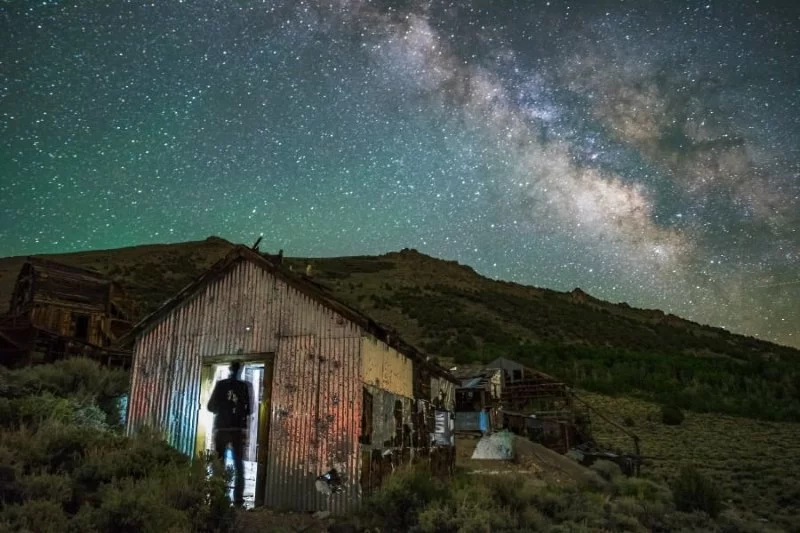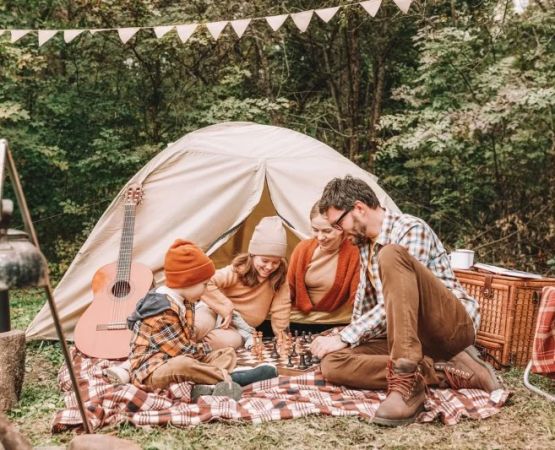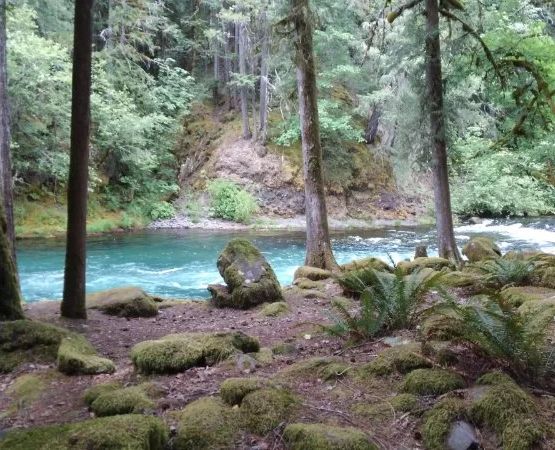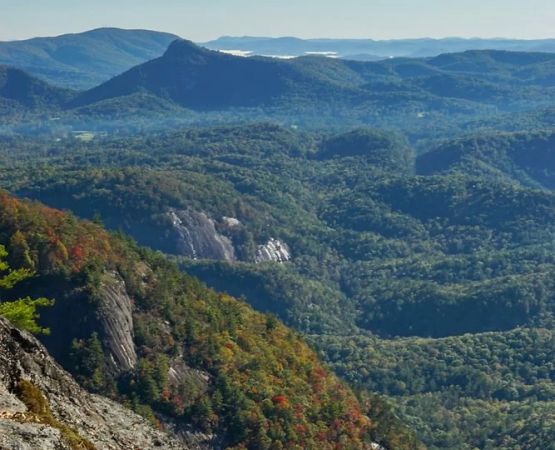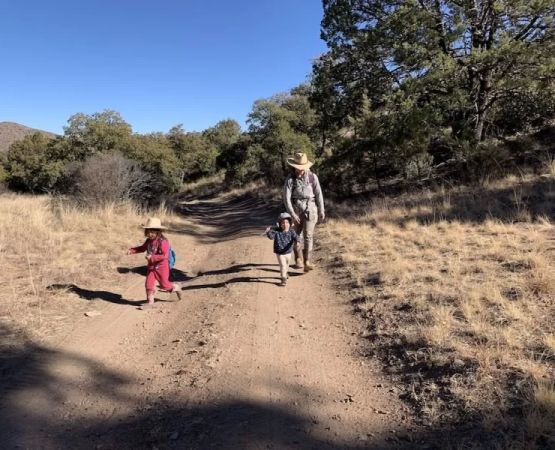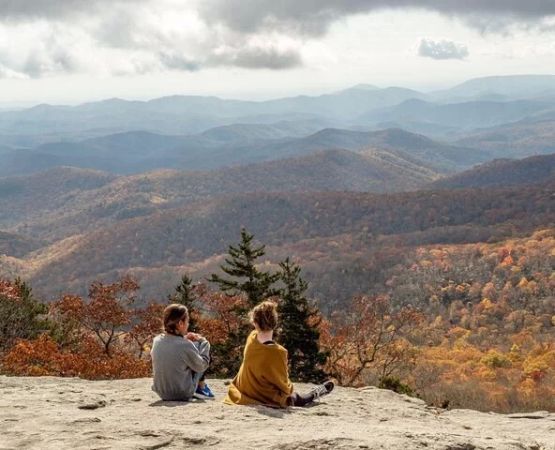- 1 - tips-for-photographing-the-milky-way-from-your-campsite
- 2 - choosing-the-right-location-and-time
- 3 - essential-camera-settings-for-night-sky-shots
- 4 - gear-that-makes-a-difference
- 5 - real-world-experiences-and-stories
- 6 - creative-approaches-to-camping-photography
- 7 - trusted-resources-for-night-sky-adventures
1. Tips for Photographing the Milky Way from Your Campsite
There’s something magical about stepping out of your tent, looking up at the night sky, and seeing the Milky Way stretch across the horizon. Capturing this beauty with a camera is both rewarding and challenging. “Tips for Photographing the Milky Way from Your Campsite” focuses on practical advice to help campers of all experience levels turn those starry skies into breathtaking images.
2. Choosing the right location and time
Great Milky Way photography starts long before you press the shutter button. The clarity of your shot depends heavily on light pollution, weather, and timing.
2.1 Avoiding light pollution
Seek campsites far from city lights. National parks, remote lakesides, or desert regions often provide the darkest skies with the most vivid stars.
2.2 Timing with the moon
The new moon phase is the best time to photograph the Milky Way. A bright moon can wash out stars, so plan your camping trip with lunar phases in mind.
2.3 Seasonal visibility
In the Northern Hemisphere, the Milky Way’s core is most visible from late spring to early autumn. Aligning your trip with these months maximizes your chances of a successful capture.
3. Essential camera settings for night sky shots
While modern cameras make astrophotography more accessible, dialing in the right settings is crucial for crisp Milky Way images.
3.1 Manual mode mastery
Shooting in manual mode allows you to control shutter speed, aperture, and ISO. A shutter speed of 15–25 seconds, a wide aperture (f/2.8 or lower), and an ISO between 1600–3200 are common starting points.
3.2 Focusing in the dark
Autofocus often fails at night. Manually set focus to infinity or pre-focus on a bright star to ensure sharpness.
3.3 White balance adjustments
Setting white balance to daylight or manually adjusting in post-processing helps avoid unnatural color casts caused by artificial lights.
4. Gear that makes a difference
You don’t need the most expensive equipment, but the right tools can elevate your Milky Way photography.
4.1 Tripod stability
A sturdy tripod is non-negotiable. Long exposures require absolute stability to prevent blur.
4.2 Wide-angle lenses
Lenses with wide apertures (f/2.8 or faster) and short focal lengths (14–24mm) capture more of the sky and enhance star clarity.
4.3 Remote shutter or timer
Using a remote shutter release or your camera’s timer reduces vibrations from pressing the shutter button.
5. Real-world experiences and stories
One camper recalled setting up their gear at a Utah desert campsite, only to realize the nearby campfire’s glow was interfering with the shot. After relocating further from the light, they finally captured the galaxy arching perfectly over red rock formations. Stories like these highlight the importance of patience and adaptability. Another photographer shared how an unexpected meteor shower added unexpected magic to their Milky Way captures, turning the trip into an unforgettable memory.
6. Creative approaches to camping photography
Beyond standard shots, incorporating foreground elements like your tent, campfire, or even silhouettes of trees adds depth and storytelling to Milky Way photos.
6.1 Light painting
Using a flashlight to gently illuminate the tent or landscape can create striking contrast without overpowering the stars.
6.2 Panorama stitching
Advanced photographers sometimes take multiple images and stitch them together for dramatic wide Milky Way panoramas.
7. Trusted resources for night sky adventures
Capturing the galaxy is as much about the experience as it is about the photo. At Pine Cliff Resort, you’ll find not only dark-sky camping locations but also guidance on gear and techniques to make your astrophotography dreams a reality. With expert support, your campsite Milky Way shots can be as magical as the night sky itself.

